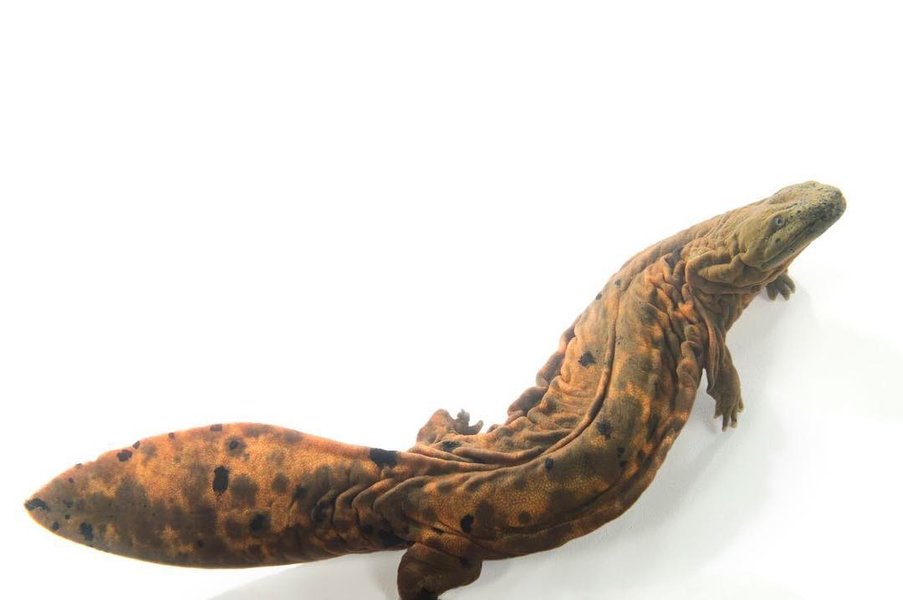Sublime
An inspiration engine for ideas
It’s officially Random Acts of Kindness Day! We challenge you to one small kind thing today - maybe pick some rubbish up off the ground, dispose of face masks thoughtfully so our native wildlife don’t become entangled, help an animal in need, educate a friend on animal welfare or make a donation to wildlife victoria via our website at... See more
wildlifevictoriainstagram.comincreasingly we’re seeing wildlife managers, veterinarians, and other biologists trying to treat wild animals more like we would treat domestic pets or livestock. There’s more discussion of supplementary feeding during cold winters or after bushfires, more discussion of parasitism, of whether we should intervene to save animals if they’re drowning... See more
Asterisk Magazine Issue 02 Food
How Wolves Change Rivers
youtube.comIn the forest, every living thing – seen and unseen – gives and takes in ways essential to the ecosystem's survival, connected by invisible channels that run deep underground. Amidst the chaos of countless species, bacteria, and intertwined habitats, a delicate but historic balance exists, each part playing a crucial role in sustaining the whole.
... See more
Wild populations of a number of animals have plummeted nearly 70 per cent in the past 50 years, according to a new study highlighting "devastating" losses by the World Wildlife Fund.
The WWF Living Planet Index is showing accelerating falls across the globe from 32,000 populations of more than 5,000 species of... See more
instagram.com
Animals
These images are often well-known Australian animals and birds, such as

This Ozark hellbender from @stlzoo, is an important indicator species of environmental quality within the stream and river systems that we use for food, water, and recreation. Unfortunately, decades of decline have led to this species becoming quite rare throughout its home range in the Appalachian and Ozark regions of the United States. Determined... See more
instagram.comWe all see black and yellow European honey bees buzzing around from time to time. But would you recognise a native Australian bee if you saw one? To date, 1,700 Australian bee species have been identified and named, with estimates that the true figure is closer to 2,000.
Rather than living in hives, most native bees are... See more
instagram.com





